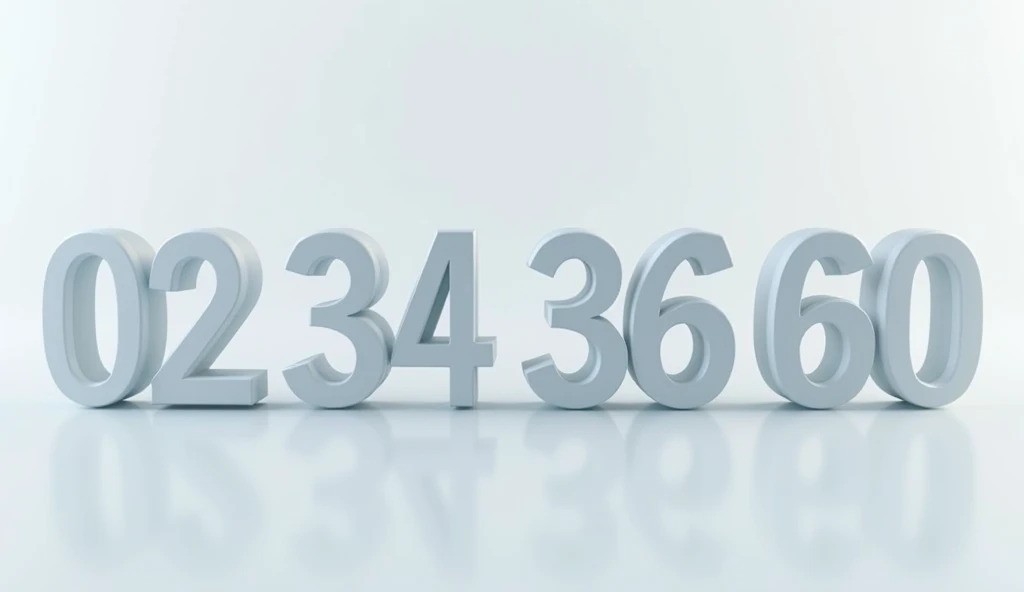In the world of mathematics, logarithms play a crucial role in simplifying complex calculations and understanding exponential relationships. One particular number, 1.63092975, might not seem special at first glance, but when expressed in log form, it can reveal fascinating insights.
This comprehensive guide will delve deeply into the concept of “1.63092975 in log form,” explaining what it means, how it’s used, and why it matters. By the end of this article, you’ll have a solid understanding of logarithms and their practical applications, with a special focus on the number 1.63092975.
What is Logarithm?
To understand “1.63092975 in log form,” it’s essential first to grasp what a logarithm is. A logarithm answers the question: “To what power must a base be raised to obtain a given number?” For instance, in the equation logb(x)=y\log_b(x) = ylogb(x)=y, bbb is the base, xxx is the number, and yyy is the exponent. Logarithms simplify multiplication and division into addition and subtraction, making them invaluable in various fields, from engineering to finance.
The Basics of Logarithms
- Definition: The logarithm of a number xxx to a base bbb is the exponent yyy to which bbb must be raised to produce xxx. Mathematically, this is expressed as:
logb(x)=y ⟹ by=x\log_b(x) = y \implies b^y = xlogb(x)=y⟹by=x - Common Logarithms: These use base 10 and are denoted as log(x)\log(x)log(x). For instance, log(100)=2\log(100) = 2log(100)=2 because 102=10010^2 = 100102=100.
- Natural Logarithms: These use base eee (approximately 2.718) and are denoted as ln(x)\ln(x)ln(x). For example, ln(e3)=3\ln(e^3) = 3ln(e3)=3.
Converting 1.63092975 to Logarithmic Form
The number 1.63092975 is not just any number; it is specifically significant in logarithmic contexts. To express 1.63092975 in log form, we need to determine which base and exponent make the most sense.
Finding the Logarithm of 1.63092975
- Using Common Logarithms:
log10(1.63092975)≈0.211\log_{10}(1.63092975) \approx 0.211log10(1.63092975)≈0.211
This means that 10 raised to the power of approximately 0.211 equals 1.63092975. - Using Natural Logarithms:
ln(1.63092975)≈0.488\ln(1.63092975) \approx 0.488ln(1.63092975)≈0.488
This tells us that eee raised to the power of approximately 0.488 equals 1.63092975.
Interpreting the Logarithmic Values
Understanding these values requires a grasp of what the log represents. In both cases, the logarithm is showing the power to which the base (10 or eee) must be raised to get the number 1.63092975. This can be particularly useful in fields like data science, engineering, and financial analysis.
Practical Applications of 1.63092975 in Log Form
Understanding how 1.63092975 works in log form can have real-world applications. Here’s how this concept is used:
1. Finance:
In finance, logarithms are used to calculate compound interest and analyze growth rates. If 1.63092975 represents a growth factor, understanding its logarithmic form helps in determining the time required for an investment to grow to this factor.
2. Science and Engineering:
In fields like chemistry and physics, logarithms simplify the handling of exponential data. For instance, 1.63092975 might be used to represent a certain concentration level in logarithmic form to make calculations more manageable.
3. Information Theory:
Logarithms are crucial in information theory for calculating entropy and information content. If 1.63092975 represents a certain value in an information-theoretic context, converting it to log form helps in understanding the amount of information it conveys.
Why is 1.63092975 Important?
While 1.63092975 might seem like a random number, it has specific importance in mathematical contexts. Its logarithmic value can help in:
- Understanding Exponential Growth: Knowing the log form can help visualize how rapidly a quantity grows.
- Solving Equations: In algebra and calculus, converting numbers to log form can simplify solving complex equations.
- Interpreting Data: Logarithmic transformations are often used to make data more interpretable, especially in statistical analyses.
How to Calculate Logarithms
Calculating the logarithm of a number like 1.63092975 can be done using various methods:
1. Using a Scientific Calculator
Most scientific calculators have built-in functions for logarithms. Enter the number and press the log function to get the result.
2. Using Logarithm Tables
Logarithm tables, though less common today, were traditionally used to find logarithmic values before calculators became widely available.
3. Using Software
Software tools like Excel, Python, and R can compute logarithms. For example, in Excel, you can use the =LOG10(1.63092975) function to find the common logarithm.
Advanced Topics Related to 1.63092975 in Log Form
For those interested in more advanced applications, consider exploring:
1. Logarithmic Scales
Logarithmic scales are used to plot data that covers a large range. For instance, the Richter scale for earthquake magnitudes is logarithmic.
2. Logarithmic Functions
Functions that involve logarithms, such as the logarithmic function f(x)=logb(x)f(x) = \log_b(x)f(x)=logb(x), are widely used in calculus and differential equations.
3. Complex Numbers
In more advanced mathematics, logarithms can be extended to complex numbers, leading to fascinating applications in fields like quantum physics and electrical engineering.
FAQs
What is the Logarithmic Form of 1.63092975?
The logarithmic form of 1.63092975 can be expressed as log10(1.63092975)≈0.211\log_{10}(1.63092975) \approx 0.211log10(1.63092975)≈0.211 or ln(1.63092975)≈0.488\ln(1.63092975) \approx 0.488ln(1.63092975)≈0.488, depending on the base used.
Why Do We Use Logarithms?
Logarithms are used to simplify multiplication and division into addition and subtraction, handle exponential growth, and solve complex equations more easily.
How Do I Calculate Logarithms Without a Calculator?
You can use logarithm tables or software tools like Excel to calculate logarithms if you don’t have a calculator.
What Are Some Real-World Applications of Logarithms?
Logarithms are used in finance, science, engineering, information theory, and many other fields to simplify calculations and analyze data.
Can I Use 1.63092975 in Log Form for Statistical Analysis?
Yes, converting numbers to log form can make data easier to interpret and analyze in statistical contexts.
Conclusion
Understanding the concept of “1.63092975 in log form” provides valuable insights into how logarithms work and their practical applications. Whether you’re a student, professional, or just curious about mathematics, knowing how to convert and interpret logarithms can enhance your problem-solving skills and data analysis capabilities. By grasping these fundamentals, you’re well-equipped to tackle more complex mathematical concepts and apply them effectively in various fields.



